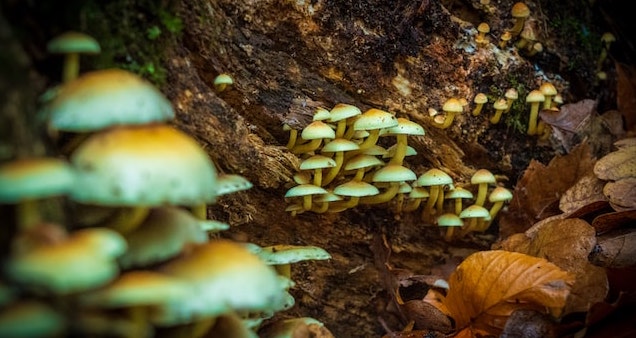How Integration Works
Psychedelic trips have the ability to open our minds, our ways of being, the way we see ourselves and the way we see other people. They can bring to the forefront new priorities and goals that you wish to work towards. How we then bring these into our everyday life is a key part of the integration process. An example of an integration process is thus:

During your psychedelic experience you may have a striking insight. It could be that you wish to connect with and be closer to your family. The corresponding integration work to this insight would be actually taking the steps to making this happen, rather than just thinking about it. You could make sure to call your parents or siblings once a week, make plans to hang out, or make an effort to see how they are and tell them you love them.

This is integration because you are acting upon the insights that emerged from your subconscious. A person’s psychedelic experience can be worlds apart from another’s. This means their integration process might be too.
The Three Stages of Psychedelic Therapy
In high-dose psychedelic therapy there are 3 stages that are closely observed.
Preparation
Firstly, your emotional preparation for the trip. This is in some respects the first part of integration, as it is often when people set their intentions. Setting your intention is not key to achieving a spiritual realization during a trip, but it significantly advances the journey. It is also the time in which the patient — who in the context of clinical trials is likely suffering from depression, PTSD or anxiety — can air any fears and have the process carefully explained to them by the therapist.
The Trip Itself
Second is the trip itself. Usually this is in a clinical setting that has been made as cozy as possible. It might have calming lights, and a soothing playlist that follows the trajectory of the trip.
Integration
Thirdly, of course comes the integration. Therapist and patient work through the psychedelic experience together. Attempting to clarify insights gained from the trip and how these could be transformed into tangible changes in their lives. It is hoped these life-changes will have a positive effect on the patient’s mental health.
Integration is Hard to Study
With the advance of psychedelic therapy — such as the laying down of these steps as guidelines — comes a need to be able to quantify results. However, until recently the majority of the research attention has been focussed on the psychedelic experience itself (the trip) rather than the integration aspect, despite the fact that each stage is key to the therapy process. Yale psychiatrist Jordan Slohsower explains the deficit of research;
“While psychedelic integration is widely discussed as part of psychedelic therapy, it remains vaguely conceived, undertheorized, and may lack an operational relationship to the problem being treated. It is often a non-specific mixture of supportive listening and encouragement to engage in introspective practices, such as journaling, meditation, and spending time in nature.”
The Integration Engagement Scale
However, the larger psychedelic research grows, the more important it is to be able to analyze and view the practice as a whole. Integration, ironically, needs to be integrated. And that’s just what a new paper, The Psychedelic Integration Scales: Tools for Measuring Psychedelic Integration Behaviors and Experiences, published in Frontiers journal aims to do. The authors’ mission statement shares as much;
“The creation of the scales was a profitless endeavor, undertaken for the greater good and with the intention of public access for use by anyone.”
Their hope is that institutions will take them up as a standard, thus streamlining, clarifying and uniting results.

They produced two scales, to measure the different areas of integration. Firstly, the Integration Engagement Scale (IES) which is used to measure the behavioral changes resulting from a psychedelic experience. Patients will be asked how far they agree with statements including;
“Because of my [psychedelic] experience, I’ve prioritized my overall wellness.” and,
“I’ve found ways to carry the intentions I had for my experience into my daily life.”
The Experienced Integration Scale
Secondly, the Experienced Integration Scale (EIS) which aims to measure whether the patients emotional and mental well being and overall sense of self improved after the trip. In this scale the statements include;
“I feel harmony between my experience and my inner being.”, and,
“I feel greater self-awareness during my experience.”
The use of these scales is vital to help researchers, therapists and clinicians understand how to best facilitate the integration process. A tough thing to do for something so out-of-this-world as a psychedelic trip! A fixed scale however, would mean that researchers could try different techniques and protocols and see how they measure up in comparison.
Making the Intangible, Tangible

It’s a funny thing, huh? Trying to make the intangible, tangible. But, the best minds are on it — and the future of psychedelic therapy looks bright. In the meantime why not just trip for fun on a sunny day — any wisdom you integrate is surely a bonus!





